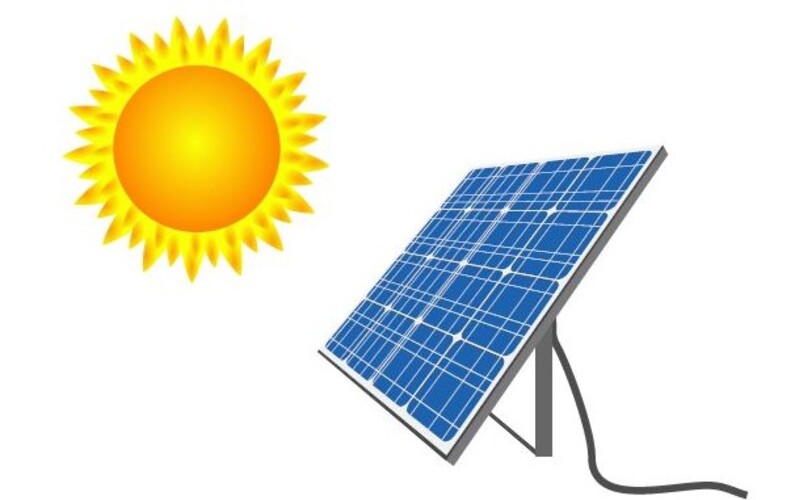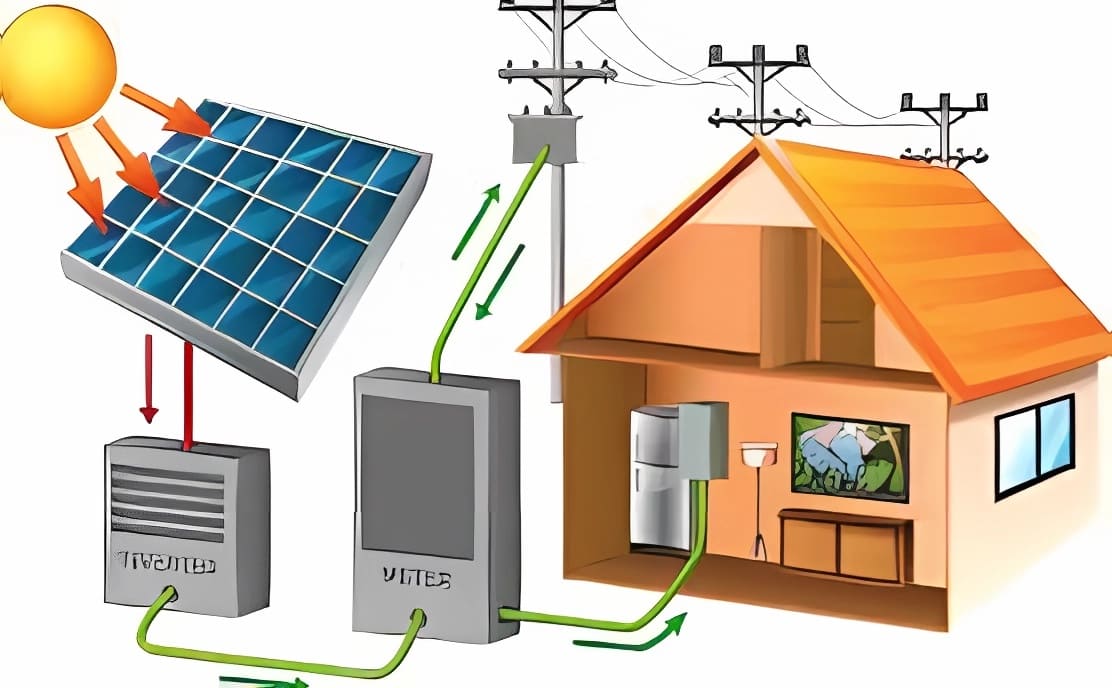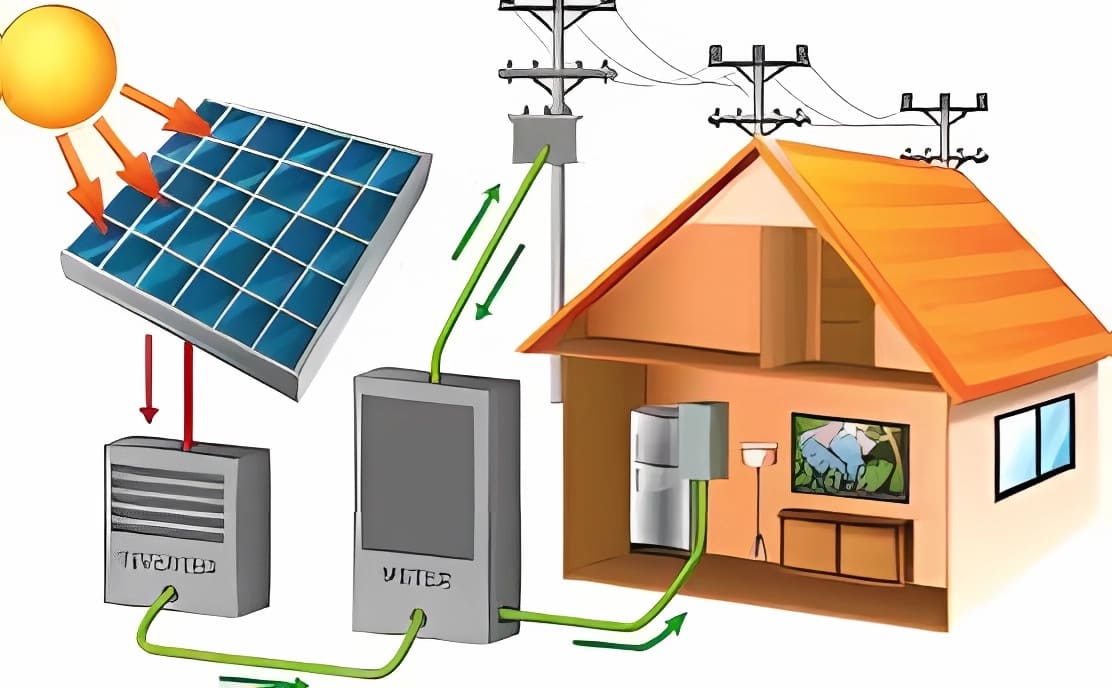Solar Energy
The photovoltaic solar panel and how it works
In today’s world, where environmental care and sustainability are trending, solar electric power emerges as an ideal solution. In this post titled The photovoltaic solar panel and its operation, we will explore what it consists.
It’s important to note that solar energy comes from a renewable, clean, abundant, and free source, the sun. That’s why it’s ideal for meeting our energy needs.
Next, we will take you through the exciting world of solar panels so you can understand their role in generating this innovative energy.
First, let’s see… what is a photovoltaic solar panel?

A solar panel, also known as a photovoltaic panel or solar cell, is a device that converts sunlight into electricity through the photovoltaic cells it consists of. These cells are typically made of silicon, a material with photovoltaic properties.
This means that when sunlight hits these cells, they release electrons, generating direct current (DC) electricity. The power produced is calculated based on the number of cells rather than their size, which is typically around 10 cm x 10 cm.
For example, a photovoltaic solar panel composed of around 72 cells can produce approximately 400 watts. If you want to learn more in detail, we invite you to read our post Solar panels: what you need to know before buying.
This post refers to photovoltaic solar panels, which are the most widely used and common type.
Operation of the photovoltaic solar panel

In general, all photovoltaic solar panels work in the same way, based on the photovoltaic effect of the photovoltaic cells, as follows:
- When sunlight strikes the solar panel, the semiconductor materials it is made of, such as silicon, absorb this energy. This energy excites the atoms of the semiconductor material
- The previous stage causes electrons to be released in each photovoltaic cell, initiating the electricity production process
- This results in each cell producing a level of voltage, with a maximum value of 2 Vdc. This maximum voltage is achieved when sunlight is sufficiently intense and falls perpendicularly onto the surface
- Finally, as the photovoltaic cells are connected in series, the total voltage level appears at the panel’s terminals. Typically, this voltage can be 12, 24, or 36 Vdc nominal, depending on the number of these elements present in the solar panel.
Please note that this voltage is in DC (direct current), so to make use of it in your home, it needs to be transformed into AC (alternating current). For this purpose, you require an inverter, which is not part of the solar panel.
In our post The solar inverter: what you need to know before buying. Part 1 we provide all the information about this device.
As you can see, it can be said that solar panels are the heart of the photovoltaic system because they are responsible for capturing energy from the sun’s rays.
To learn more about solar energy for domestic applications, refer to the post The photovoltaic energy system for the home. Additionally, on the energydcac blog, you will find a wealth of information on this and other energy-related topics. Visit the website and see for yourself!

